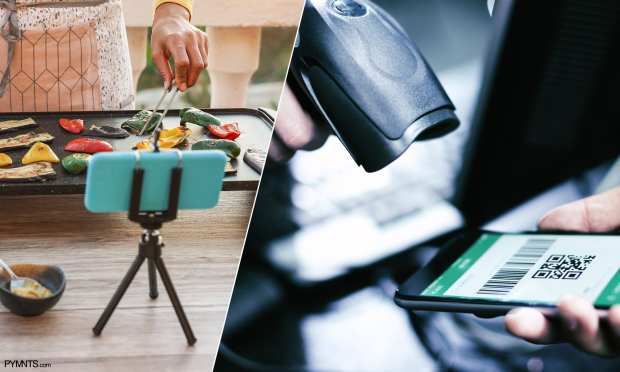New Report: Square Speaks Out On SMBs’ 2021 Payments Survival Guide

Small- to mid-sized businesses (SMBs) were hit especially hard by the onset of the COVID-19 pandemic and have spent months experimenting with new sales models as they worked to keep afloat and confront new challenges. Many restaurants have gone back to the drawing boards as they dealt with the fact that their core revenue source of eating in public has become a major health risk. Retailers, too, had to respond and revise their checkout experiences when fears over the new coronavirus lingering on surfaces led to consumers becoming reluctant to exchange cash with store clerks or insert payment cards into point-of-sale (POS) terminals .
.
SMBs have responded to public health needs and consumers’ new demands by launching innovative, omnichannel approaches to selling items, fulfilling orders and accepting payments. Merchants are embracing contactless payments in-store, eCommerce offerings and other methods as they work to adapt to the disruptions of 2020 and use lessons from it to guide their approach to the winter and into the new year.
The “2021 New Merchant Business Models Playbook,” a research-based report created in collaboration with American Express, examines how merchants are adopting technologies and strategies that empower them to provide seamless shopping experiences in spite of obstacles. The Playbook offers a roadmap to SMBs for surviving and thriving in the coming year, including an in-depth examination of the space, latest headlines and a case study.
Around The New Merchant Business Models Ecosystem
 Restaurants have had to quickly pivot to focus on offering delivery and takeout options to find traction among cautious consumers. More than 45% of shoppers who report using food aggregators more often during the pandemic did so out of a desire to avoid restaurant crowds. Eateries also have been offering on-site dining at physically distanced outdoor tables, and the approaching winter season has caused many owners to consider whether efforts to winter-proof these spaces will pay off or if doubling down on remote-only service will be the best strategy to guide them through the new year.
Restaurants have had to quickly pivot to focus on offering delivery and takeout options to find traction among cautious consumers. More than 45% of shoppers who report using food aggregators more often during the pandemic did so out of a desire to avoid restaurant crowds. Eateries also have been offering on-site dining at physically distanced outdoor tables, and the approaching winter season has caused many owners to consider whether efforts to winter-proof these spaces will pay off or if doubling down on remote-only service will be the best strategy to guide them through the new year.
Consumers are looking to reduce the time they spend inside stores, as well as their contact with public POS devices. This is causing shoppers to put a greater focus on retailers’ transaction methods, with 57% of survey respondents saying that whether a merchant provides digital payment options influences their willingness to shop in their stores. Younger consumers were especially swayed, with 71% of  Gen Z respondents stating this view.
Gen Z respondents stating this view.
Katie Swett Miller, eCommerce product lead at payment platform provider Square, has observed many SMBs trying different innovation strategies. In the Playbook’s Case Study, Miller explains some of the latest plans and key strategies that have emerged out of merchants’ trial-and-errors during the first months of the pandemic. She also detailed how retailers are continuing to innovate, including the many small shops that are considering posting QR codes in their windows to enable passersby to scan, browse and order items without needing to go in-store. Such an approach could help these retailers convert foot traffic into socially distant sales during the holiday season.
To learn more about these developing trends and strategies, download the playbook.
About The Playbook
The “2021 New Merchant Business Models Playbook,” done in collaboration with American Express, details how SMBs are innovating their business and payments models as they prepare for the new year.


